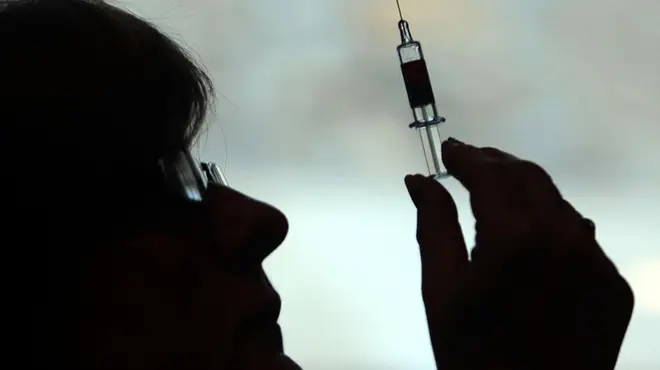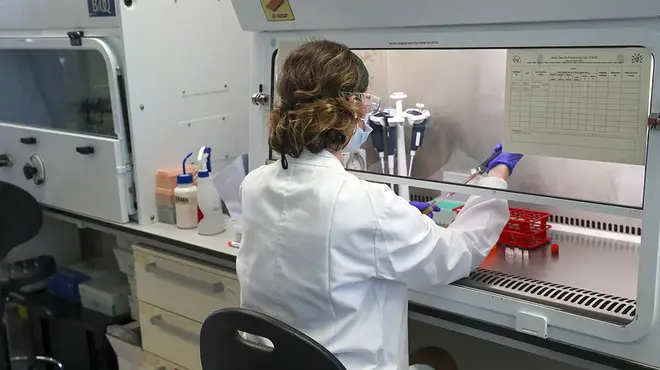
Matthew Wright 7am - 10am
7 January 2021, 12:55 | Updated: 7 June 2023, 08:56

How effective is the Oxford Covid vaccine? Are there any side effects? Here’s everything you need to know about the coronavirus jab including live vaccine details
The Oxford Covid-19 vaccine, which has an official name of Oxford-AstraZeneca , is officially being rolled out across the UK in GP surgeries as the fight to immunise the population against coronavirus continues.
And as the vaccine programme progresses, so does the research with findings now showing the Oxford vaccine to cut transmissions of the virus 'by two thirds'.
As the vaccine roll out continues and more discoveries are made, there are many questions arising around the Covid jab - are there any side effects? How many doses do you need of the Oxford vaccine? And is it a live vaccine?
What is the difference between the Pfizer and the Oxford Covid vaccines?
Here’s all the Oxford Covid-19 vaccination details you need to know including how effective it is and where it's made:

The Oxford vaccine has gone through all the required clinical trials and has now been tested on plenty of people.
NHS guidance says: "So far thousands of people have been given a Covid-19 vaccine and reports of serious side effects, such as an allergic reaction, have been rare. No long-term complications have been reported."
As with most medication and treatments, there can be minor side effects such as pain at the site of injection and aches.
The official name for the Covid vaccine is Oxford-AstraZeneca and according to findings published in early December, it has an average effectiveness of 70% but ranges from 62-90%.
After rolling out the vaccine across the UK, preliminary results have found that after just one dose of the vaccine (two are required) transmission of Covid is cut by 67%.

Just like the Pfizer vaccine, the Oxford one requires two doses - to be administered between four and 12 weeks.
Both Pfizer and BioNTech have used RNA technology where as Oxford have taken a different approach to their vaccine.
Scientists have instead taken genes from the spike protein on the surface of a coronavirus cell. They then make them into a harmless virus to make the vaccine to inject a patient with.
Once in the human body, it will start producing the coronavirus spike protein, prompting the immune system to produce antibodies and activate T-cells to destroy Covid-19. This ensures the body has a defence for the next time it comes into contact with coronavirus.
The Oxford vaccine can be stored at refrigerator temperature which is a lot more manageable compared to the Pfizer's -70c.
The bulk of the vaccine is made in the UK in Oxfordshire and Staffordshire with efforts also being carried out in North Wales.